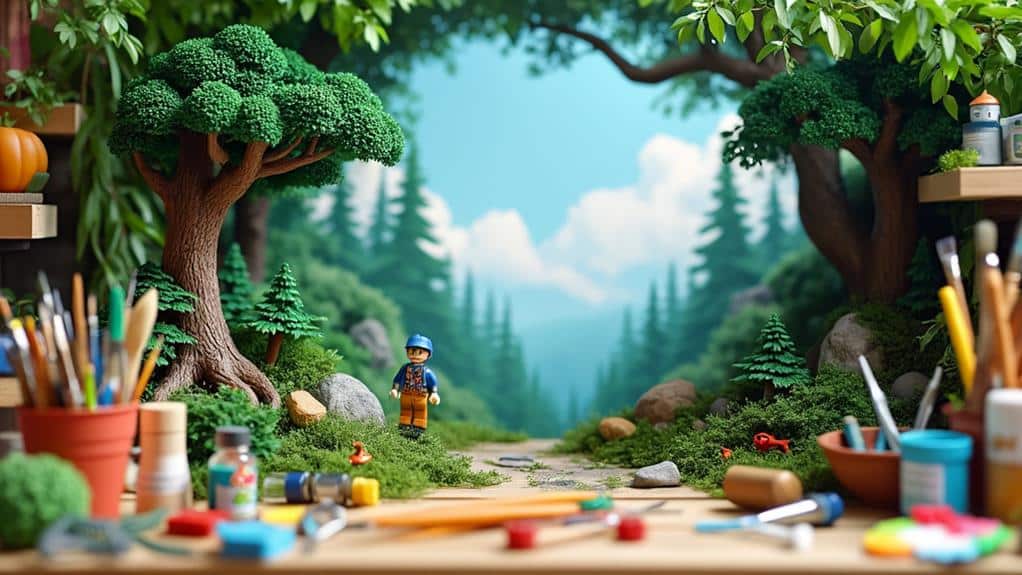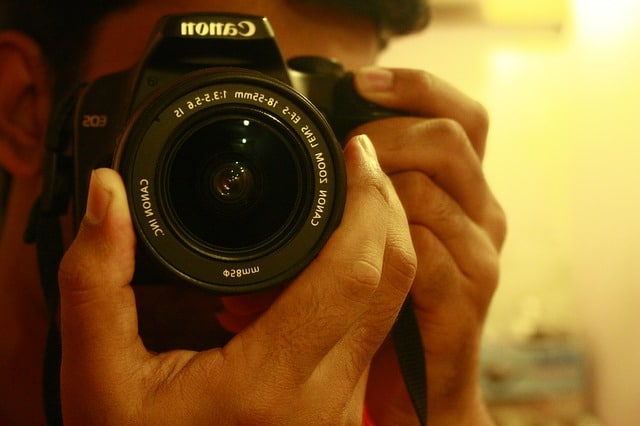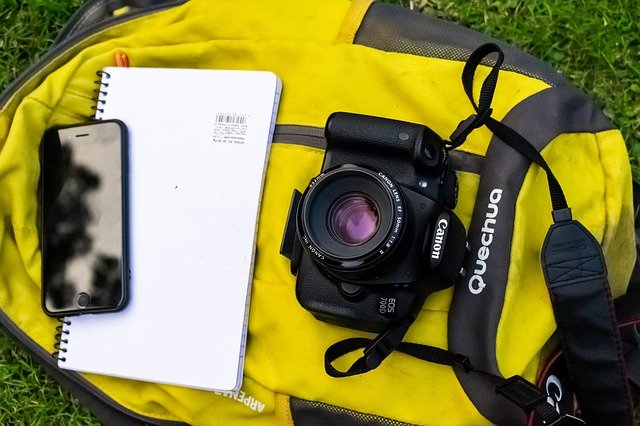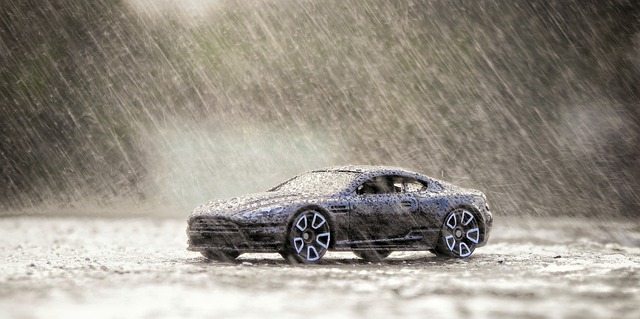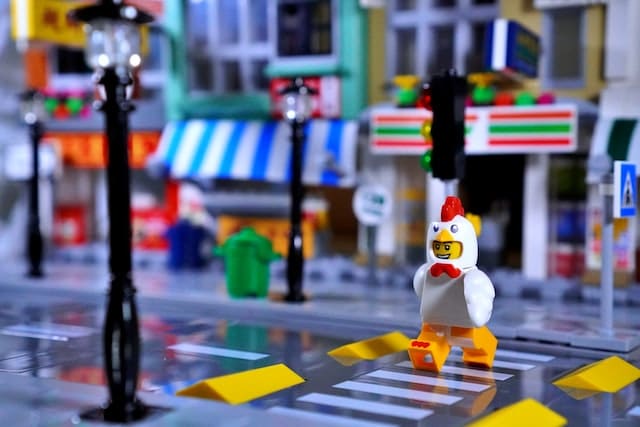Ever thought about elevating your toy photography or play displays with diorama backdrops? You can create epic scenes with just a bit of foam board, paint, and a few accessories. Imagine crafting an urban street scene or a medieval castle right in your living room. It's easier than you think, and each backdrop will bring your toys to life in a whole new way. Whether you're interested in a futuristic cityscape or an underwater world, these simple DIY projects can transform your setups. So, where should you start to make your scenes truly stand out?
Key Takeaways
- Use foam board and paint to create dynamic urban street scenes or futuristic cityscapes with miniature details.
- Sculpt and layer terrain with foam, moss, and twigs for realistic forest adventures or underwater worlds.
- Score and paint foam board to mimic stone textures for medieval castle backdrops with moats and drawbridges.
- Utilize black or deep blue poster board with white paint dots for space station dioramas, adding metallic elements and floating astronauts.
- Incorporate LED light strips or glow-in-the-dark paint for neon effects in futuristic cityscapes.
Urban Street Scene
Creating an urban street scene diorama is often an exciting way to bring city life into miniature form. First, gather materials like foam board, paint, and small accessories such as street lamps or benches. Start by cutting the foam board to make the backdrop and base. Paint the backdrop with a city skyline or tall buildings to set the scene. For more intricate details, consider using rubberized rings and foot grips to guarantee stability in your diorama's elements.
Next, focus on the street itself. Use gray paint for the pavement and add white or yellow lines to mimic road markings. You can create sidewalks with a slightly different shade of gray. For added realism, sprinkle some fine gravel or sand to mimic dirt and wear on the streets.
Now, it's time to add details. Tiny cars, bicycles, and pedestrians can bring your scene to life. You can use small pieces of fabric or paper to create posters and signs, adding a vibrant touch. Don't forget to include some greenery, like miniature trees or potted plants, for a touch of nature.
Forest Adventure
Forest Adventure
Venturing on a forest adventure diorama requires an eye for nature's intricate details. You'll need to capture the essence of the wild with lush greenery, towering trees, and the subtle play of light and shadow. Start by gathering materials like foam, moss, small branches, and various shades of green paint. Adding specific colors and textures can make your scene stand out. A sturdy base is essential, so use a thick piece of cardboard or a wooden board.
Begin by sculpting the terrain with foam, creating gentle slopes and uneven ground. Paint the foam in earthy tones to mimic soil. Next, layer on real or artificial moss to add texture and realism. For trees, use small branches or twigs, anchoring them securely into the foam base. Paint them with varying shades to simulate depth and natural variance.
Add smaller plants with miniature ferns or foliage, and scatter tiny pebbles and leaves to enhance the forest floor. Don't forget to play with lighting; a soft, diffused light can imitate sunlight filtering through the canopy. This attention to detail will bring your forest adventure to life, making it a perfect backdrop for your toy scenes
Space Station
Building a space station diorama offers a thrilling opportunity to unfurl your creativity and transport your audience to the cosmos. Imagine your toy astronauts floating in zero gravity, surrounded by high-tech control panels and expansive views of the stars. Adding small detailed figures like Funko Vinyl Luffy can enhance the overall scene. Here's how you can create this interstellar setting:
- Backdrop: Start with a black or deep blue poster board to simulate the vastness of space. Add tiny dots of white paint or use glow-in-the-dark stickers to represent distant stars.
- Station Interior: Use pieces of cardboard or foam board to craft the walls and floors. Paint them metallic silver or grey to mimic the look of futuristic space station interiors. Add details like control panels using printed images or stickers.
- Space Windows: Cut out small sections of the walls and replace them with clear plastic or cellophane to create windows. Paint the edges silver to resemble reinforced window frames looking out into the galaxy.
- Astronauts and Equipment: Position toy astronauts and miniature equipment strategically within the diorama. Use fishing line to suspend some figures, giving the effect of floating in zero gravity.
With these elements, your space station diorama will be out of this world
Underwater World
MY ARTICLE SUBHEADING CONTENT]:
Plunge into the mesmerizing depths of an underwater world diorama, where colorful coral reefs and exotic marine life bring the ocean to your fingertips. Start by choosing a sturdy base, like a wooden board or foam core. Paint it a gradient of blues to mimic the ocean's depth. Add texture by gluing sand or tiny pebbles to the bottom for a realistic seafloor. Using a portable LED light panel can help you control the lighting to enhance the underwater effect.
Next, create coral using colored clay or pipe cleaners. Bend and twist them into intricate shapes, then attach them to your base. Don't forget to add aquatic plants; green craft paper or plastic aquarium plants work perfectly.
For the marine creatures, use toy fish, turtles, and other sea animals. Position them strategically around the coral to create a lively scene. Suspend some with clear fishing line to make them appear as if they're swimming.
Add final touches by sprinkling glitter for an extra sparkle, simulating sunlight filtering through the water. You can also include small shells and starfish for added detail.
With these steps, you'll craft an enchanting underwater world that makes your toy scenes come alive, inviting endless imaginative adventures
Desert Outpost
For your Desert Outpost diorama, you'll need some specific materials and tools to capture the arid landscape. We'll guide you through each step, from gathering supplies to assembling your scene. Let's get started by listing what you'll need and how to use each item effectively.
Materials and Tools Needed
Creating a stunning desert outpost diorama requires gathering a handful of essential materials and tools. You'll need to make sure you've got everything on hand before diving into the creative process.
- Base Materials: Use foam board or sturdy cardboard as the foundation for your diorama. It provides a solid base and is easy to cut and shape.
- Texturing Supplies: Sand, small pebbles, and modeling paste will help you create realistic desert terrain. Sandpaper can also be useful to smooth out any rough edges.
- Painting Tools: Acrylic paints in shades of tan, brown, and yellow are vital for capturing the desert's natural hues. Brushes of various sizes and a palette for mixing colors will be essential.
- Detailing Items: Miniature cacti, rocks, and any small-scale building materials like balsa wood or plastic sheets can add authenticity and character to your outpost.
Having these materials and tools on hand guarantees you can focus on bringing your vision to life without interruptions. Remember, preparation is key to achieving a professional-looking diorama that stands out.
Step-by-Step Instructions
Starting your desert outpost diorama is an exciting creative endeavor. First, cut a sturdy piece of cardboard or foam board to your desired base size. Paint the base with a sandy tan color, using broad strokes for a natural, uneven texture. While it dries, gather small rocks, dried grass, and sand for added realism.
Next, create the outpost walls using foam core or balsa wood. Cut them to size and hot glue them into place, forming a small rectangular structure. Paint the walls to mimic adobe, using earthy tones and adding cracks or weathering for authenticity.
Now, add details like a lookout tower. Use thin dowels for support beams and craft sticks for the platform. Hot glue them together, then paint to match the outpost walls. Position the tower at one corner of the diorama.
Scatter the small rocks and dried grass around the base, securing them with a bit of white glue. Sprinkle sand over any exposed areas to blend everything together. Finally, place some toy figures and accessories like barrels or crates to complete your desert outpost scene. Enjoy your newly created backdrop for epic toy adventures!
Medieval Castle
Creating a medieval castle backdrop involves mastering stone wall textures and incorporating a realistic drawbridge and moat. You'll want to use layered materials to achieve the rugged stone look, adding depth and authenticity. Don't forget to design a functioning drawbridge that spans a carefully crafted moat to complete your scene.
Stone Wall Texture
To achieve an authentic stone wall texture for your medieval castle diorama, start by selecting the right materials. Opt for foam board, plaster of Paris, acrylic paints, and a fine-tipped brush. Begin by scoring the foam board with a craft knife to create the outlines of your stones.
- Score the Foam Board: Lightly carve horizontal and vertical lines to mimic the irregular shapes of stone blocks. Don't worry about perfection; natural stone walls have plenty of imperfections.
- Apply Plaster of Paris: Mix the plaster as per instructions and apply it over the scored lines using a spatula. This adds depth and a realistic texture. Work quickly before it dries.
- Paint the Base Color: Once the plaster is dry, paint the entire surface with a base coat of gray acrylic paint. This will serve as the foundation color for your stone texture.
- Detailing: Use a fine-tipped brush to add darker shades in the crevices and lighter tones on the stone faces. This shading technique will give your wall a more three-dimensional and authentic appearance.
Drawbridge and Moat
With the stone wall texture complete, it's time to enhance your medieval castle diorama by adding a drawbridge and moat. Start by cutting a piece of cardboard to serve as the base of your moat. Paint it a deep blue or green to mimic water. Add texture with a mix of blue and white paint for waves and ripples. Next, surround the moat with small rocks or pebbles to give it a natural look.
For the drawbridge, use a piece of balsa wood or sturdy cardboard. Measure and cut it to fit the entrance of your castle. Paint it with a wood grain effect using brown and black paint. Attach small metal chains or string to simulate the drawbridge mechanism, securing one end to the bridge and the other to the castle walls.
To add realism, place miniature guards or knights near the drawbridge. You could even add a few plastic or clay alligators in the moat for an extra touch of medieval danger. These elements will bring your diorama to life, providing an epic backdrop for your toy scenes. Now, you're ready to create thrilling medieval adventures!
Futuristic Cityscape
Imagine your diorama coming to life with a sprawling futuristic cityscape, complete with towering skyscrapers, neon lights, and sleek flying vehicles. Creating this backdrop might seem intimidating, but it's easier than you think. Start by gathering a few essential materials and follow these steps to build your own epic scene.
- Background Skyline: Use cardboard or foam board to cut out the silhouette of a futuristic skyline. Think tall, angular buildings with unconventional shapes. Paint the buildings in metallic colors like silver, blue, and black to give them that high-tech look.
- Neon Lights: Incorporate neon elements by using glow-in-the-dark paint or LED light strips. Apply these to the edges of buildings and signs to create that vibrant, electric feel. You can also use colored cellophane over small lights to simulate neon signs.
- Flying Vehicles: Craft flying vehicles from small plastic parts or repurpose old toy cars. Suspend them from thin, clear fishing line to create the illusion of flight.
- Ground Level Details: Add smaller elements like futuristic street lamps, hoverboards, and robots to bring the scene together. Use miniature figures to populate your cityscape, making it feel lived-in and dynamic.
At a Glance
Now that you've got these 7 easy DIY diorama backdrops under your belt, your toy scenes are bound to be epic. Whether it's an urban street, a mystical forest, or a futuristic cityscape, you can create immersive worlds that bring your toys to life. So, grab your materials and let your imagination run wild. There's no limit to the adventures you can craft with a bit of creativity and effort. Happy diorama building! With a little practice, you can even customize these designs to fit specific themes or stories. For instance, you can create dioramas for toy car scenes, complete with detailed roads, traffic lights, and miniature landscapes that make every race or chase feel thrilling. The possibilities are truly endless, so start building and watch your ideas come to life in stunning, miniature displays!

